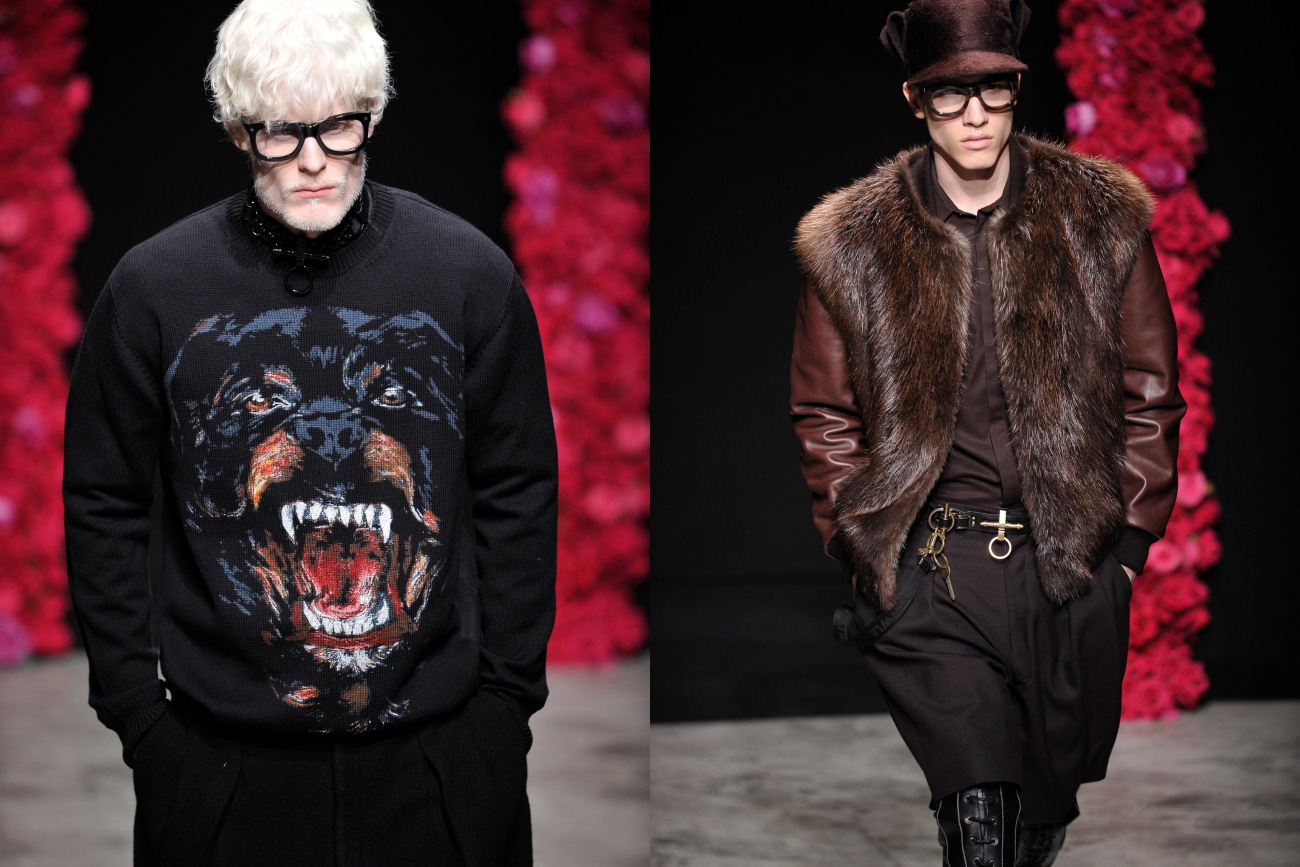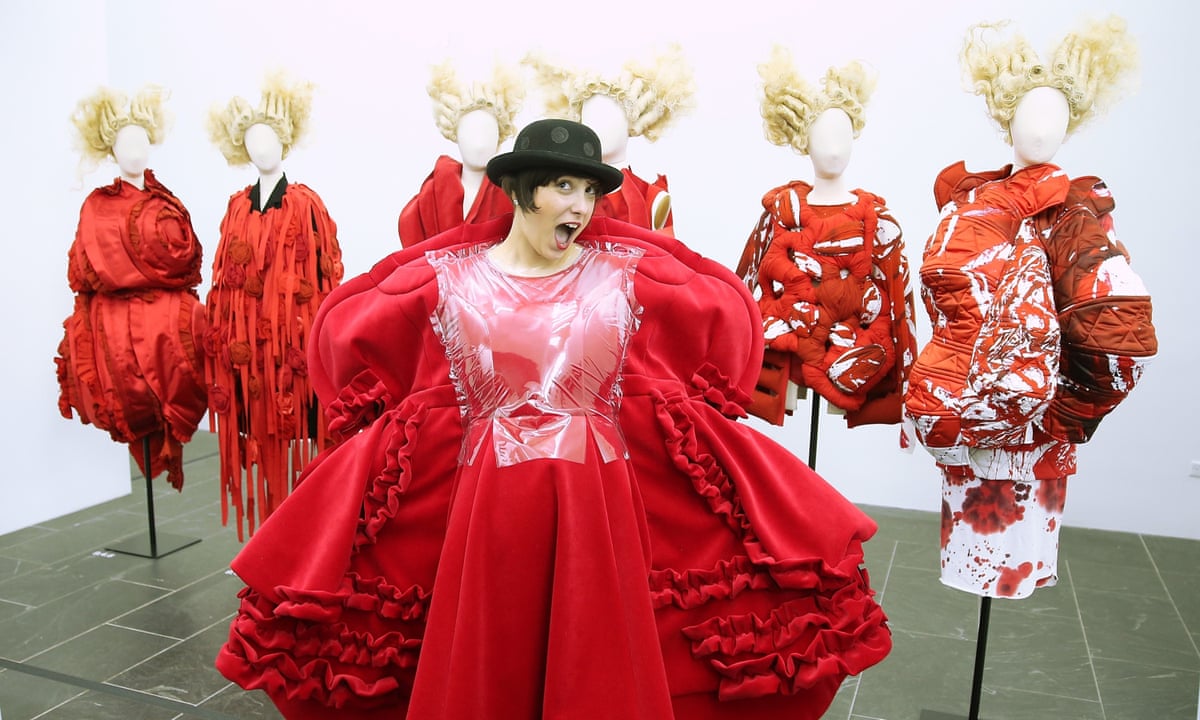What is Circular Fashion?
Circular fashion embodies a groundbreaking perspective in the clothing sector that opposes conventional linear methods of making and buying clothing. This idea mainly centers on creating and crafting fashion pieces with longer life spans while encouraging eco-friendly actions that minimize harm to the environment and improve financial sustainability. By grasping and incorporating circular fashion, both buyers and producers can help build a more sustainable tomorrow.
Fundamental Concepts of Sustainable Fashion
Circular fashion is built on several foundational principles that promote sustainability and efficiency. One key concept is design for longevity, where garments are created with durable materials and timeless designs, enabling them to last longer and stay relevant despite changing trends. Another crucial principle is resource efficiency, which emphasizes minimizing waste by using renewable or recycled materials in the production process.
Additionally, circular fashion encourages closing the loop by implementing systems for collecting and recycling used clothing, turning waste into new resources. This includes practices like upcycling, where old garments are creatively transformed into new products, reducing the need for raw materials.
Illustrations and Case Analyses
Several brands and initiatives embody the concepts of circular fashion. For example, businesses such as Patagonia and Eileen Fisher have progressed considerably by implementing return programs and providing repair services, enabling customers to bring back used garments for recycling or refurbishment. These efforts not only prolong the life span of clothing but also promote consumer accountability.
Moreover, international initiatives like the Global Fashion Agenda and The Ellen MacArthur Foundation are crucial in advocating for the adoption of circular fashion concepts in the sector. They host events and release reports that assist brands in transitioning to circular models, showcasing successful examples of businesses that have implemented eco-friendly practices.
Here is another significant instance: the alliance between Adidas and Parley for the Oceans, which produces sports apparel using plastic waste from the ocean. This collaboration not only tackles ocean pollution but also highlights how creative approaches can convert environmental issues into prospects for eco-friendly fashion.
Consumer Engagement and Education
One vital part of circular fashion involves connecting with and informing consumers about eco-friendly practices. Companies are becoming more open regarding their supply networks, source materials, and production methods, offering buyers the details required to make well-judged buying choices. Online platforms and social networks have evolved into avenues for increasing knowledge, disseminating narratives of eco-conscious methods, and motivating shifts in consumer habits.
Moreover, initiatives focused on education along with workshops, frequently organized by fashion institutes and sustainability groups, enable both consumers and professionals in the industry to support making conscious fashion decisions. These educational undertakings are vital in transforming societal views on clothing from disposable goods to treasure sustainable assets.
The Economic Impact of Circular Fashion
Adopting circular fashion doesn’t just benefit the environment; it can also offer economic advantages. By reducing dependence on finite resources and minimizing waste, companies can achieve cost savings while tapping into a growing market segment that values sustainability. Furthermore, circular business models, such as clothing rental services and resale platforms, present new revenue streams and opportunities for customer engagement.
Companies adopting circular fashion could gain a competitive edge as laws and consumer demands shift. As people become more mindful of environmental concerns, they tend to favor brands that share their principles, boosting the demand for eco-friendly items.
Adoption of circular fashion is more than a trend; it shifts mindset and practices that encourage sustainability, creativity, and innovation. By fostering a circular approach, the fashion industry can redefine value creation, not only enhancing environmental stewardship but also offering durable and ethically made products to consumers worldwide. With each garment, consumers can contribute to a narrative of regeneration and responsibility, weaving a fabric of sustainability into the tapestry of daily life.





